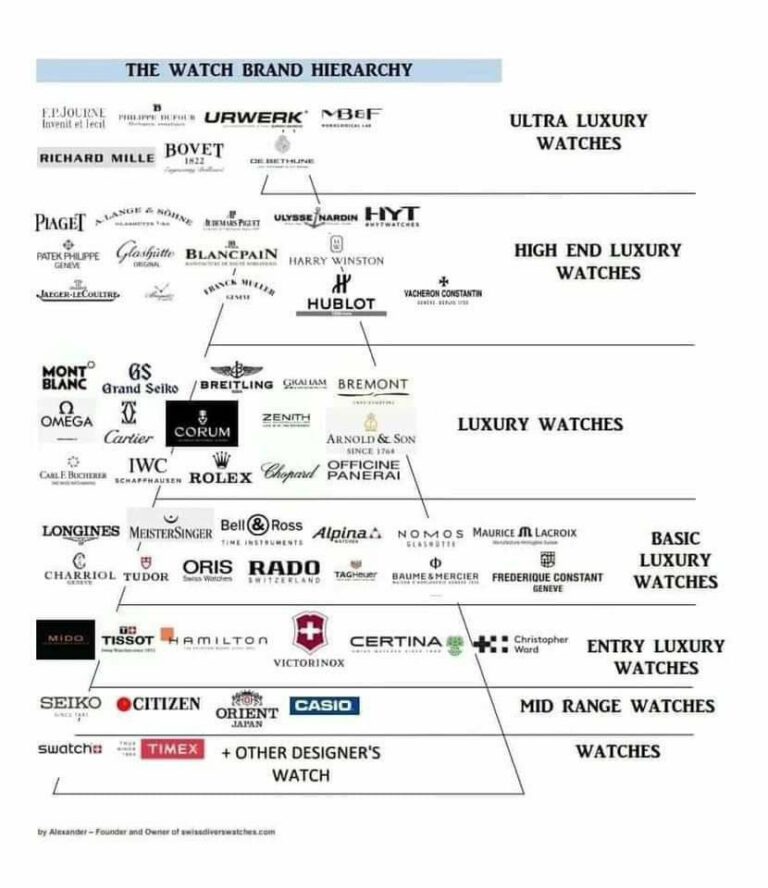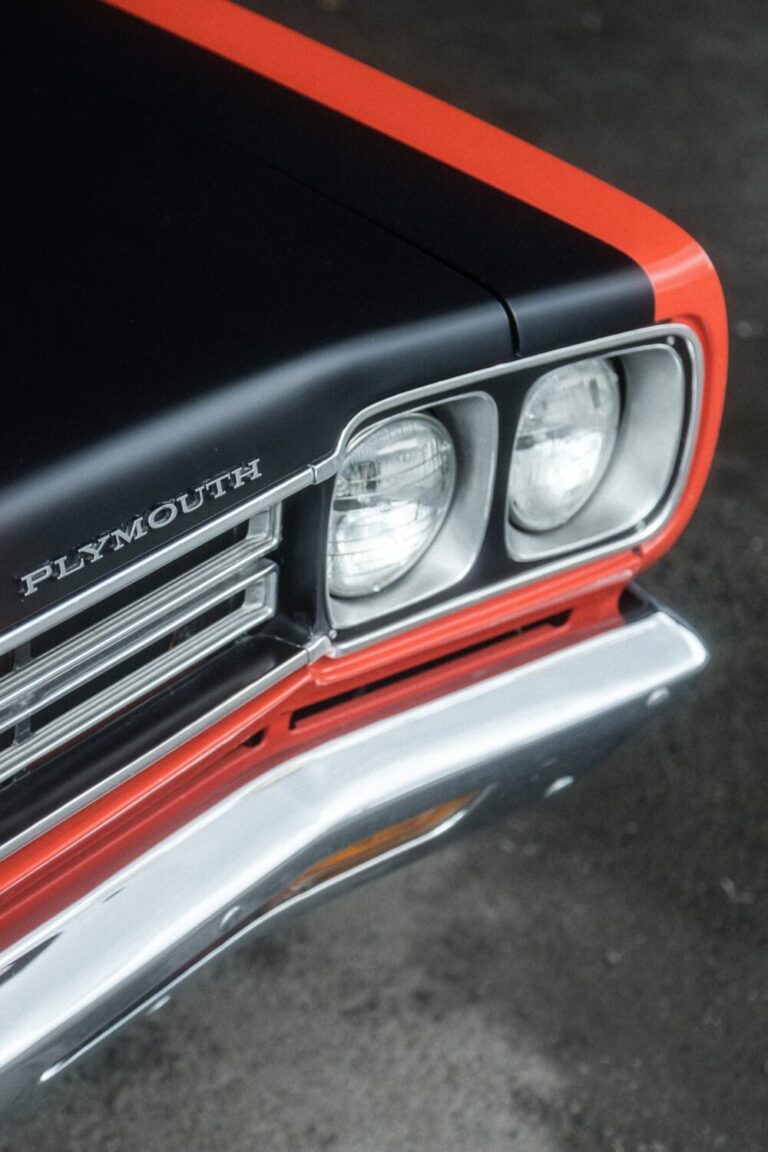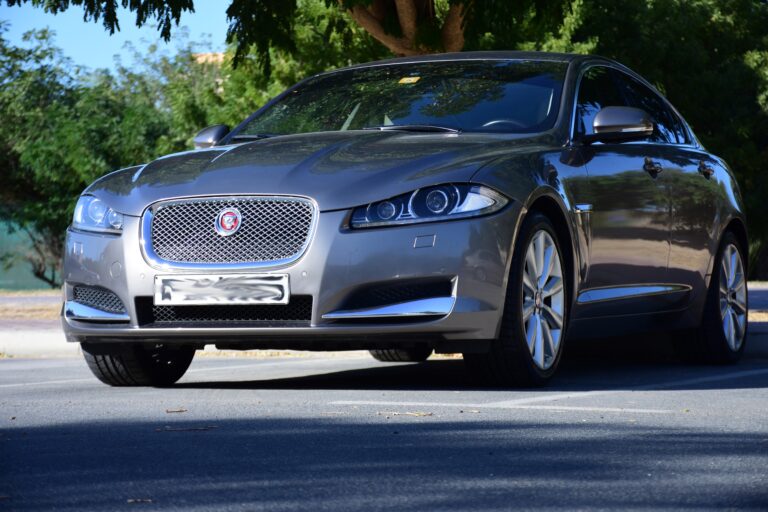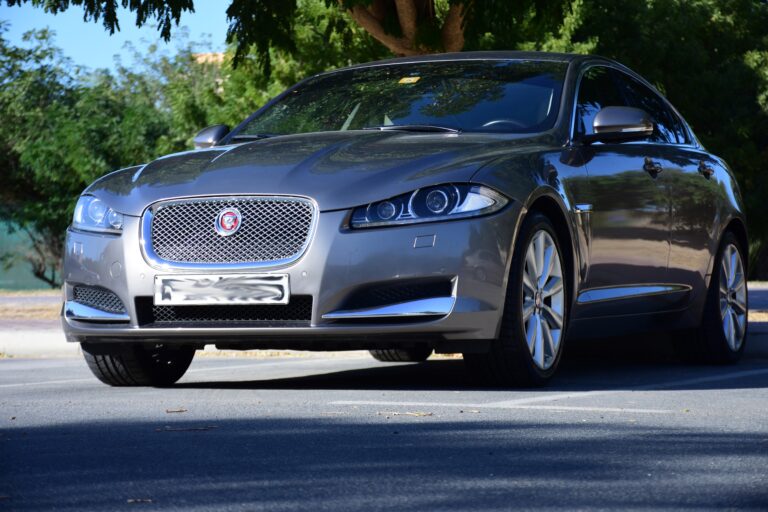What Is The Best Brand For Infant Car Seat? A Comprehensive Guide for New Parents
What Is The Best Brand For Infant Car Seat? A Comprehensive Guide for New Parents cars.truckstrend.com
Bringing a new baby home is an exciting, yet often overwhelming, experience. Among the myriad of decisions parents face, choosing an infant car seat stands out as one paramount to their newborn’s safety. It’s not just a convenience; it’s a critical piece of safety equipment, legally required and indispensable for every journey, from the hospital discharge to daily errands. The market is flooded with options, leading many parents to ask: "What is the best brand for infant car seat?"
The simple answer, perhaps surprisingly, is that there isn’t one single "best" brand for everyone. The ideal infant car seat is highly subjective, depending on a complex interplay of factors including your baby’s size, your vehicle’s specifications, your lifestyle, your budget, and personal preferences regarding features and aesthetics. However, certain brands consistently rise to the top in terms of safety, ease of use, quality, and parent satisfaction. This comprehensive guide will delve into what makes an infant car seat "good," explore top contenders, and provide practical advice to help you make the most informed decision for your family.
What Is The Best Brand For Infant Car Seat? A Comprehensive Guide for New Parents
Understanding Infant Car Seats: Why They Matter So Much
An infant car seat is a specially designed, rear-facing only car seat for newborns and infants. It’s engineered to protect a baby’s fragile head, neck, and spine, which are particularly vulnerable in a collision. Unlike convertible car seats, infant seats are typically designed to be lightweight and portable, featuring a detachable carrier that clicks into a stay-in-car base and often into a compatible stroller. This portability is a major convenience, allowing parents to move a sleeping baby from car to stroller or home without waking them.
The critical importance of these seats cannot be overstated. Motor vehicle crashes are a leading cause of death for children. When used correctly, car seats reduce the risk of fatal injury by 71% for infants. All car seats sold in the United States must meet stringent Federal Motor Vehicle Safety Standard (FMVSS) 213, ensuring a baseline level of safety. Therefore, while features and ease of use vary, every new car seat on the market has passed rigorous crash testing.
Key Factors to Consider When Choosing an Infant Car Seat
Before diving into specific brands, understanding the crucial elements that define a high-quality and suitable infant car seat is essential.
-
Safety Features: While all seats meet federal standards, some offer additional layers of protection.

- Side-Impact Protection (SIP): Extra layers of foam or air pads around the head and body for side-impact collisions.
- Anti-Rebound Bar: Located on the base, it helps limit the car seat’s rotation toward the vehicle seat back in a frontal crash.
- Energy-Absorbing Foam (EPS or EPP): Dissipates crash forces.
- 5-Point Harness: Secures the child at the shoulders, hips, and between the legs for optimal safety.
- Load Leg (Stability Leg): Extends from the base to the vehicle floor, reducing rotation and absorbing crash forces.

-
Ease of Installation: This is arguably the most critical factor after safety. A perfectly safe car seat offers no protection if installed incorrectly.

- LATCH (Lower Anchors and Tethers for Children) System: Simplifies installation by connecting to anchors in your vehicle. Some LATCH connectors are easier to use (e.g., push-button, rigid LATCH) than others (hook-style).
- Seatbelt Installation: Essential for older vehicles without LATCH, or when LATCH weight limits are exceeded. Look for clear belt paths and built-in lock-offs.
- Level Indicators: Visual guides (e.g., bubble levels, red/green indicators) to ensure the correct recline angle for your infant.
- Clear Instructions: A well-written manual and easily accessible online resources/videos are invaluable.
-
Compatibility with Your Vehicle and Lifestyle:
- Vehicle Fit: Not all car seats fit well in all cars. Test fitting the seat in your vehicle (especially if you have a smaller car) is highly recommended. Pay attention to front seat clearance.
- Stroller Compatibility (Travel System): Many parents opt for a "travel system" where the infant car seat clicks directly into a compatible stroller frame. This offers seamless transitions. If not buying a matched set, check for adapter availability for your preferred stroller.
- Portability: Consider the weight of the carrier, especially if you’ll be carrying it frequently with a growing baby inside.
-
Comfort for Baby:
- Padding and Fabric: Soft, breathable fabrics and ample padding provide comfort. Some fabrics are naturally fire-retardant, avoiding added chemicals.
- Canopy: A large, extendable canopy protects from sun and provides privacy.
- Insert for Newborns: Provides a snug fit and proper positioning for tiny infants.
-
Ease of Use for Parents:
- Harness Adjustment: No-rethread harness systems allow you to adjust harness height without re-threading straps, saving time and frustration.
- Buckle Ease: A smooth buckle mechanism that’s easy to use but secure.
- Cleaning: Removable, machine-washable fabrics are a huge plus.
- Base Installation: How easy is it to install and remove the base? Will you need extra bases for multiple cars?
-
Weight and Height Limits: Infant car seats have specific limits. Ensure your baby won’t outgrow the seat too quickly. Most infants outgrow their infant car seat by height (when their head is less than 1 inch from the top of the car seat shell) before they reach the weight limit.
-
Budget: Infant car seats range widely in price, from around $150 to $500+. Higher prices often reflect premium materials, advanced convenience features, or specific design aesthetics, rather than significantly superior safety performance (as all meet the same federal standards).
-
Expiration Date: All car seats have an expiration date (typically 6-10 years from the date of manufacture). This is due to material degradation, wear and tear, and evolving safety standards.
Top Contender Brands for Infant Car Seats
While there’s no single "best," these brands consistently rank high for their quality, features, and parent satisfaction. Each has its strengths, catering to different needs and budgets.
-
Chicco:
- Known for: The KeyFit 30 is legendary for its incredibly easy and secure installation using the SuperCinch LATCH tightener. It’s often recommended by Child Passenger Safety Technicians (CPSTs) due to its foolproof installation.
- Strengths: Excellent value, user-friendly, reliable, good stroller compatibility, popular for travel systems.
- Considerations: Not the lightest, less luxurious fabrics than some premium brands.
-
Graco:
- Known for: The SnugRide series is a long-standing favorite, offering a wide range of models at various price points.
- Strengths: Affordability, lightweight carriers, extensive travel system options, readily available.
- Considerations: Installation can sometimes be less intuitive than Chicco for some models, fabric quality varies by price point.
-
UPPAbaby:
- Known for: The MESA infant car seat, designed to integrate seamlessly with UPPAbaby’s popular VISTA and CRUZ strollers.
- Strengths: Incredibly easy installation with self-retracting LATCH connectors and a visual indicator, naturally fire-retardant merino wool option (MESA V2), no-rethread harness, excellent stroller integration.
- Considerations: Premium price point, heavier carrier, limited stroller compatibility outside of UPPAbaby.
-
Nuna:
- Known for: The PIPA series (PIPA, PIPA Lite, PIPA Lite LX, PIPA Lite RX) offers sleek design, lightweight carriers, and advanced safety features.
- Strengths: Many models are incredibly lightweight, rigid LATCH system on the base for super secure installation, high-quality fabrics (including merino wool), load leg for added stability.
- Considerations: High price point, PIPA Lite models cannot be installed without the base (except the RX), European belt path for baseless installation (if applicable) can be tricky.
-
Britax:
- Known for: The B-Safe series, emphasizing robust safety features and sturdy construction.
- Strengths: Steel frame for strength, crumple zone in the base, anti-rebound bar, easy-to-use LATCH system, often includes advanced side-impact protection.
- Considerations: Can be heavier and bulkier than some competitors.
-
Cybex:
- Known for: Innovative features and premium design, particularly the Cloud Q which offers a unique lie-flat recline position when used outside the car.
- Strengths: Advanced Linear Side-Impact Protection (L.S.P. System), European safety standards, high-quality materials, unique lie-flat option for baby’s comfort outside the car.
- Considerations: Very high price point, heavier carrier, specific stroller adapters needed.
Travel Systems vs. Standalone Infant Seats
Deciding between a travel system and a standalone infant car seat is a common dilemma for new parents.
-
Travel Systems: These bundles include an infant car seat and a compatible stroller, often at a discounted price compared to buying separately.
- Pros: Convenience (seamless transfer from car to stroller), cost-effective, guaranteed compatibility.
- Cons: Stroller might not be your ideal choice, limits flexibility if you want a different stroller later, you’ll need to buy a convertible car seat when baby outgrows the infant seat anyway.
-
Standalone Infant Car Seats: You purchase the car seat and base separately, then choose a stroller from any brand, potentially using adapters.
- Pros: Maximum flexibility to choose your preferred car seat and stroller, potentially higher-end features on both items.
- Cons: Can be more expensive, requires checking compatibility and potentially buying adapters.
Installation Tips and Best Practices
No matter which brand you choose, correct installation and use are paramount.
- Read the Manual: This is your most important tool. Read both your car seat manual and your vehicle owner’s manual.
- Choose the Right Spot: The safest spot for a car seat is generally the middle of the back seat, as it’s furthest from potential side impacts. However, any back seat position is safe if the car seat can be installed correctly.
- Tight Installation: The car seat should not move more than 1 inch side-to-side or front-to-back at the belt path (where the LATCH strap or seatbelt passes through the seat).
- Correct Recline Angle: Use the built-in level indicator to ensure your infant is reclined at the correct angle. This prevents their head from flopping forward, which can obstruct breathing.
- Harness Fit: The harness straps should be at or below your baby’s shoulders for rear-facing. The harness should be snug, with no slack. You should not be able to pinch any excess webbing at the shoulder.
- Chest Clip Position: The chest clip should be at armpit level.
- Professional Check: Have your installation checked by a certified Child Passenger Safety Technician (CPST). Find one at nhtsa.gov/parents/car-safety or safekids.org.
Common Challenges and Solutions
- "My car seat doesn’t fit in my car!":
- Solution: Try installing it in different seating positions. If it still doesn’t fit, consider a different car seat model known for a compact footprint (e.g., Clek Liing). Always test fit before buying if possible.
- "Installation is too difficult!":
- Solution: Watch installation videos provided by the manufacturer. Re-read the manual carefully. Seek help from a CPST – they can often teach you how to install it in minutes.
- "My baby seems uncomfortable/cries in the car seat!":
- Solution: Double-check the harness fit and recline angle. Ensure the baby isn’t too hot or cold. Consider adding a small blanket or toy (if safe and not interfering with straps). Stop for breaks on long trips.
Price Comparison Table: Top Infant Car Seat Brands and Models
| Brand | Model | Key Feature(s) | Approximate Price Range (USD) | Notes |
|---|---|---|---|---|
| Chicco | KeyFit 30 / KeyFit 35 | Easiest installation (SuperCinch LATCH), bubble level indicators | $200 – $250 | Excellent value, consistently top-rated for ease of use, popular with CPSTs. |
| Graco | SnugRide SnugFit 35 / SnugRide Lite | Lightweight carrier, wide range of models, extensive travel system compatibility | $150 – $250 | Highly affordable, great for budget-conscious families, widely available. |
| UPPAbaby | MESA / MESA V2 | Auto-retracting LATCH, naturally fire-retardant fabrics (V2), no-rethread harness | $300 – $350 | Seamless integration with UPPAbaby strollers, premium feel, user-friendly installation. |
| Nuna | PIPA Lite RX / PIPA urbn | Ultra-lightweight (Lite RX), rigid LATCH, load leg, premium materials. urbn has baseless rigid LATCH. | $450 – $600 | Luxury option, very light carriers, high safety standards, sleek design. |
| Britax | B-Safe Gen2 FlexFit | Steel frame, crumple zone, anti-rebound bar, easy base installation | $200 – $280 | Robust safety features, sturdy build, good for families prioritizing structural integrity. |
| Cybex | Cloud Q | Unique lie-flat recline outside car, advanced L.S.P. System, luxurious fabrics | $400 – $500 | Innovative design for baby’s comfort, high-end aesthetics, heavier carrier. |
| Clek | Liing | Rigid LATCH, anti-rebound bar, compact design, 9-year expiration | $400 – $450 | Premium materials, high safety standards, excellent for smaller vehicles or 3-across setups. |
Disclaimer: Prices are approximate and subject to change based on retailer, sales, and specific model variations (e.g., fabric type, special editions). Always check current prices from reputable sellers.
Frequently Asked Questions (FAQ)
Q: How long can an infant stay in an infant car seat?
A: Infants should remain in their rear-facing infant car seat until they reach the maximum weight or height limit specified by the manufacturer. Most babies outgrow their infant car seat by height (when their head is less than 1 inch from the top of the car seat shell) before they reach the weight limit.
Q: When should I switch from an infant car seat to a convertible car seat?
A: You should switch when your child exceeds the height or weight limits of the infant car seat. Many parents choose to switch to a convertible seat (which can be used rear-facing and then forward-facing) around 9-12 months, even if their child hasn’t hit the limits, for added comfort or longevity. It’s safest to keep children rear-facing for as long as possible, up to the maximum limits of their convertible car seat.
Q: Do car seats expire? Why?
A: Yes, all car seats have an expiration date, typically 6-10 years from the date of manufacture. This is because materials can degrade over time due to temperature fluctuations, sun exposure, and daily use. Additionally, safety standards and technology evolve, meaning older seats may not meet the latest protective measures.
Q: Can I buy a used car seat?
A: It is generally not recommended to buy a used car seat unless you know its complete history. Never buy a car seat that has been in a moderate to severe crash, is expired, has missing parts, or doesn’t come with a manual. When in doubt, buy new.
Q: What’s the difference between LATCH and seatbelt installation? Which is safer?
A: Both LATCH (Lower Anchors and Tethers for Children) and seatbelt installation methods are equally safe when used correctly. LATCH is often considered easier to use, but vehicles have weight limits for LATCH use (combined weight of child and car seat). Once that limit is reached, you must switch to seatbelt installation.
Q: Is a more expensive car seat necessarily safer?
A: Not necessarily in terms of basic crash protection. All car seats sold in the US must meet the same federal safety standards. Higher-priced seats often offer premium materials, advanced convenience features (like easier installation or no-rethread harnesses), improved comfort for the baby, or sleek design. These features can make the seat easier to use correctly, which does enhance safety, but the fundamental crash protection is similar across all compliant seats.
Conclusion
Choosing the "best" infant car seat isn’t about finding a single superior brand, but rather about identifying the brand and model that best fits your family’s unique circumstances. The safest car seat is ultimately the one that:
- Fits your baby properly.
- Fits your vehicle correctly.
- Is installed and used correctly every single time.
- Fits your budget.
By understanding the key factors, exploring reputable brands, and prioritizing ease of installation and proper use, you can confidently select an infant car seat that offers peace of mind and keeps your most precious cargo safe on every journey. Don’t hesitate to consult with a certified Child Passenger Safety Technician (CPST) for personalized advice and to ensure your chosen seat is installed perfectly. Your baby’s safety is worth every effort.





